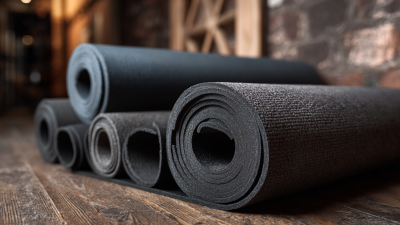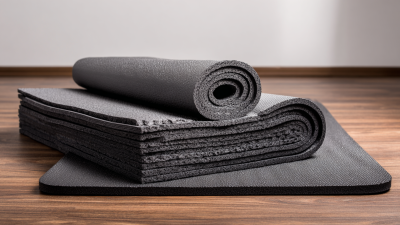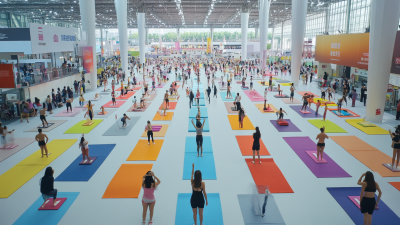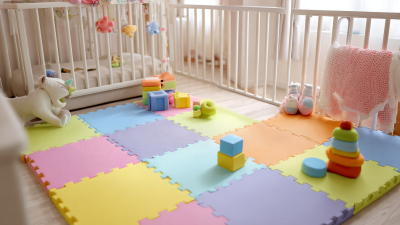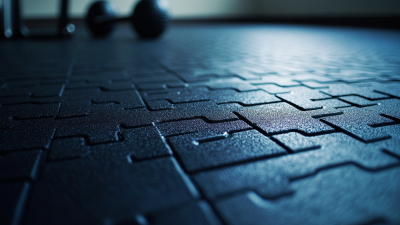When it comes to fitness environments, the choice of equipment and flooring can significantly impact performance and safety. One essential component often overlooked is the Gym Puzzle Mat. According to the International Health, Racquet & Sportsclub Association (IHRSA), approximately 77% of gym users reported that a clean and safe workout environment enhances their overall experience and motivation. Additionally, a report from the National Safety Council indicates that improper flooring can lead to a dramatic increase in injury rates, highlighting the necessity for suitable mats. The Gym Puzzle Mat not only provides cushioning and support but also contributes to a versatile training space by enabling various setups for different workouts. With an increasing number of fitness enthusiasts committing to home gyms and studios, selecting the best Gym Puzzle Mat is crucial for ensuring optimal performance, minimizing injury risks, and creating an enjoyable workout atmosphere.
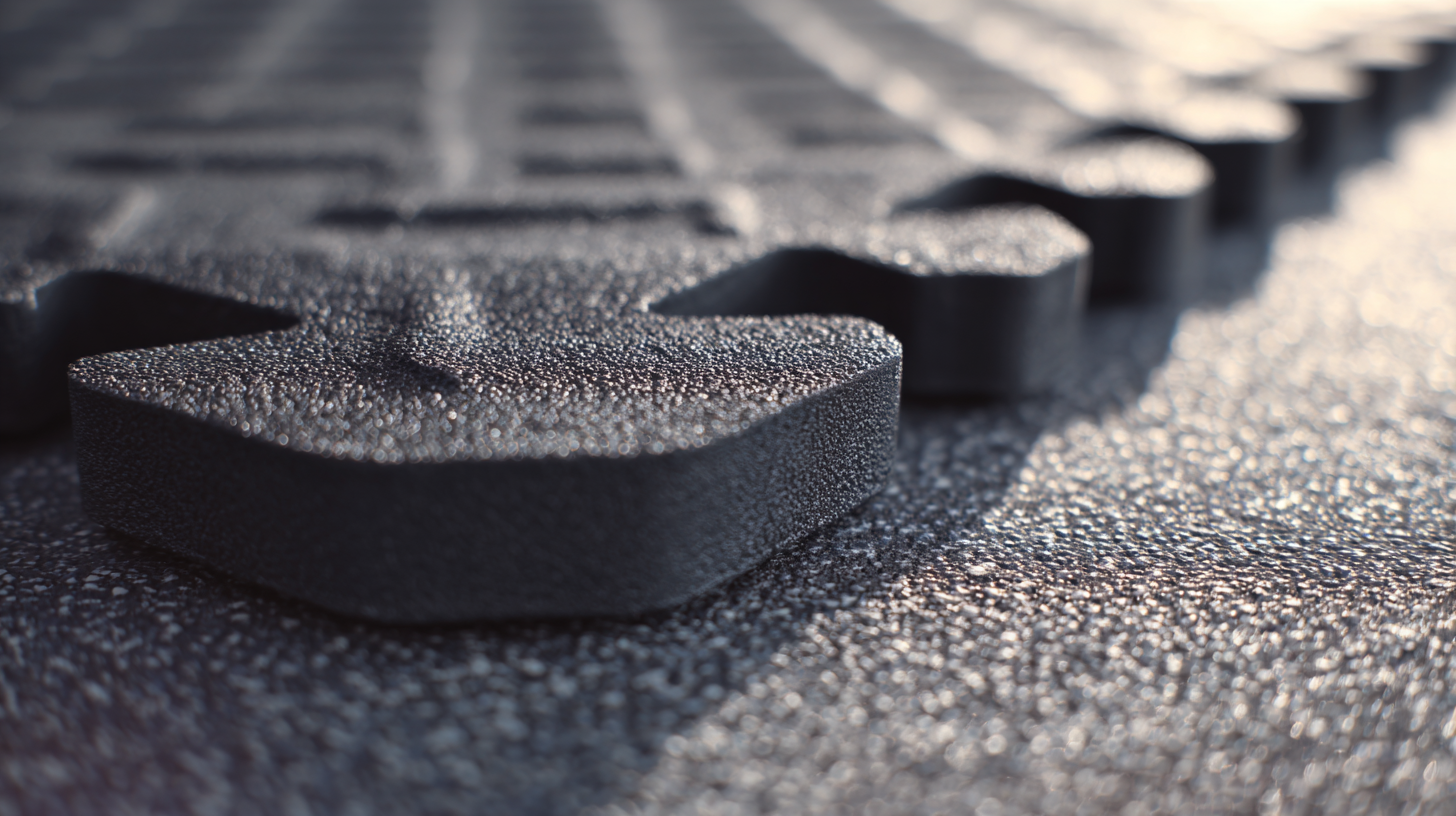
When selecting the best gym puzzle mat for optimal performance and safety, there are several key features to keep in mind. First, consider the material used in the mat's construction. High-density foam is often recommended for its durability, shock absorption, and ease of cleaning. Look for mats that offer a non-slip surface to prevent accidents during workouts; this feature is essential for maintaining stability during various exercises.
Additionally, the thickness of the puzzle mat plays a crucial role in your comfort and safety. A thicker mat can provide more cushioning, reducing the risk of injury during high-impact activities. It's also important to choose mats that interlock securely to prevent them from shifting during use. Lastly, ensure that the mat is large enough to accommodate your workout space and can be easily stored or transported if needed.
By focusing on these key features, you can choose a gym puzzle mat that supports your fitness goals while prioritizing your safety.
Choosing the right gym puzzle mat involves understanding the materials used and their durability. It’s essential for creating a safe workout environment, especially for high-impact activities.
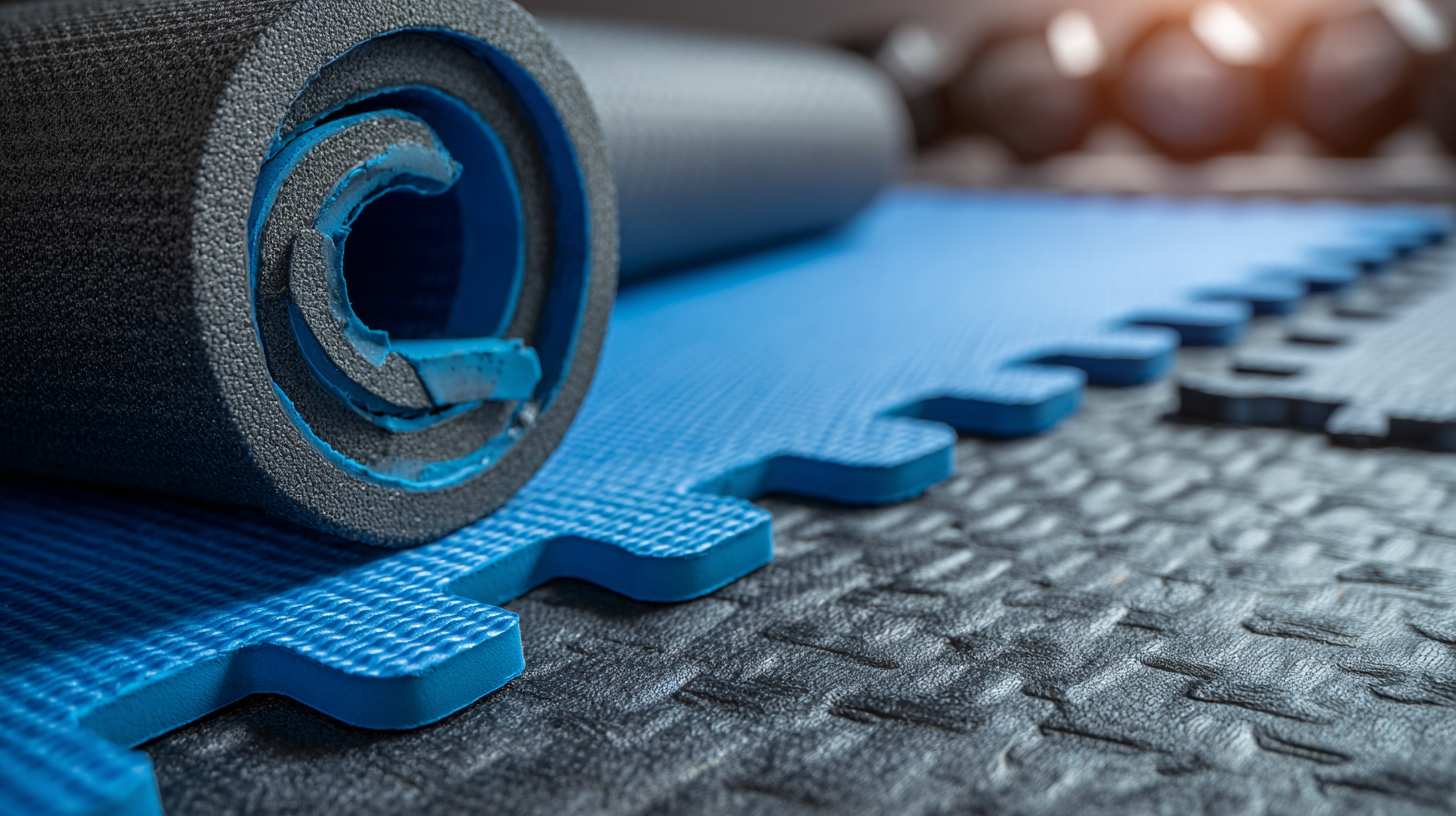 Common materials include EVA foam and rubber; both offer varying levels of shock absorption and resilience. EVA foam is lightweight and often more affordable, making it suitable for home gyms, while rubber mats are known for their durability and excellent grip, making them ideal for more demanding workouts.
Common materials include EVA foam and rubber; both offer varying levels of shock absorption and resilience. EVA foam is lightweight and often more affordable, making it suitable for home gyms, while rubber mats are known for their durability and excellent grip, making them ideal for more demanding workouts.
When selecting a mat, consider its thickness and density. Thicker mats provide greater cushioning, which can be beneficial for exercises like yoga or pilates, while denser mats resist wear and tear better in high-traffic areas.
Tips:
Choosing the right gym puzzle mat is essential for balancing comfort and stability during workouts. The thickness and cushioning of a mat can significantly influence performance and safety, especially during high-impact activities. Research shows that mats with a thickness of 1/2 inch provide optimal support while maintaining stability. A cushioned surface absorbs shock effectively, reducing the risk of injury, and can lead to improved endurance, as users report feeling less fatigue during longer sessions.
Moreover, just as studies on footwear indicate that enhanced cushioning can promote comfort and performance, the same principle applies to gym mats. For instance, models with advanced foam technology have been shown to improve proprioception and grip, providing a secure surface for various exercises. Selecting a mat that combines proper thickness with sufficient cushioning not only enhances workout efficiency but also ensures a safer exercising environment, reducing the chance of slips and falls that are common on less supportive surfaces.
This chart illustrates the relationship between the thickness of gym puzzle mats and their cushioning and stability scores. As the thickness increases, cushioning scores tend to improve, while stability scores can vary depending on individual preferences and intended use.
When selecting a gym puzzle mat, the surface texture and traction play a pivotal role in enhancing performance while reducing the risk of injuries. According to a report by the International Journal of Exercise Science, proper traction provided by high-quality mats can reduce slips and falls by up to 60%. This is particularly crucial in dynamic workout environments where rapid movements are commonplace, such as in CrossFit or high-intensity interval training (HIIT). A textured surface helps to maintain grip, allowing athletes to perform exercises with confidence and stability.
Additionally, the mat's surface material significantly affects both comfort and safety. A study from the National Academy of Sports Medicine indicates that mats made from EVA foam not only offer superior shock absorption but also feature a non-slip surface that enhances grip. This combination allows users to focus on their performance without the distraction of potential safety hazards. Choosing the right texture is not just about comfort; it’s about ensuring durability and maintaining optimal performance in a variety of workout conditions.
| Mat Type | Surface Texture | Traction Level | Best Use Case | Injury Prevention Features |
|---|---|---|---|---|
| Foam Mat | Smooth | Low | Yoga and Pilates | Cushioning for joint protection |
| Rubber Mat | Textured | High | Heavy weightlifting | Non-slip surface to prevent falls |
| Interlocking EVA Mat | Diamond Pattern | Medium | General fitness and play areas | Shock absorption to reduce impact |
| Vinyl Mat | Smooth with raised edges | Variable | Martial arts and cardio workouts | Water-resistant and easy to clean |
| Cork Mat | Natural grain | High | Eco-friendly workouts | Sustainable material with good grip |
When selecting a gym puzzle mat, understanding size and configuration options is crucial for maximizing workout space and ensuring safety. According to a report by the International Health, Racquet & Sportsclub Association (IHRSA), creating an efficient workout area can boost training adherence by up to 25%. Whether you have a small home gym or a spacious studio, the correct mat dimensions can help provide a secure footing during exercises, thereby enhancing performance and reducing the risk of injuries.
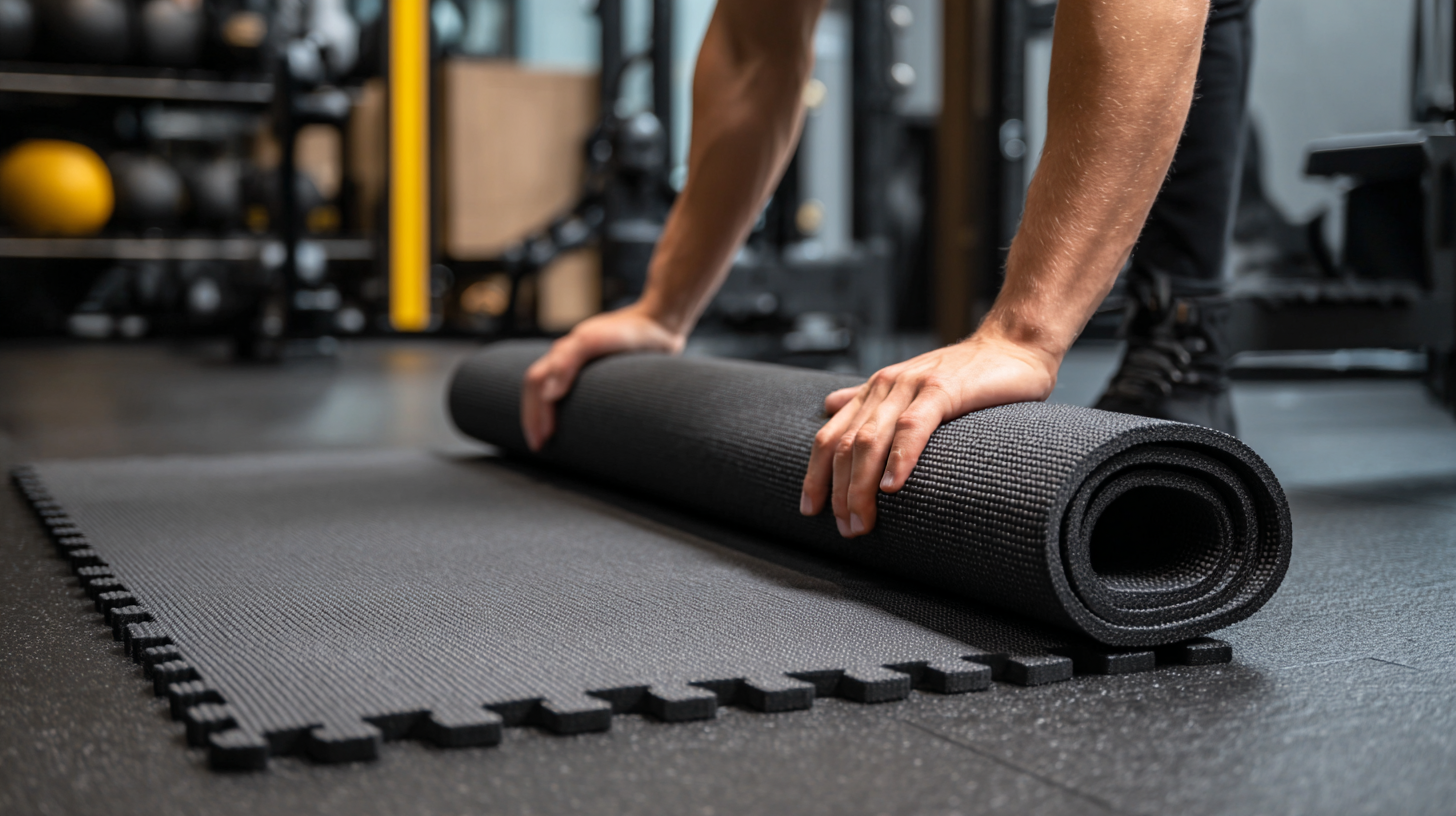
When configuring your space, consider the types of workouts you'll commonly perform. For high-intensity routines, larger puzzle mats can accommodate dynamic movements, while a more compact area may suffice for strength training. A survey by the National Academy of Sports Medicine (NASM) indicates that 60% of gym-goers prefer versatile flooring solutions that allow for easy adaptation to various workout styles.
Tips: Choose interlocking mats that can easily be expanded or reduced based on your needs. Also, ensure the mats have a thickness of at least 0.5 inches for adequate cushioning during high-impact activities. Lastly, consider color-coded options for designated workout zones, which can help streamline your routine and keep your space organized.
